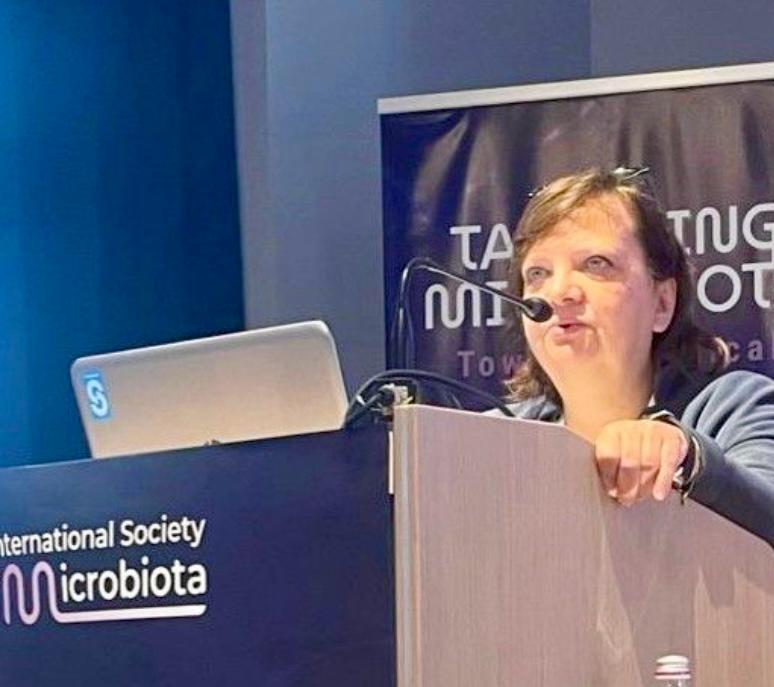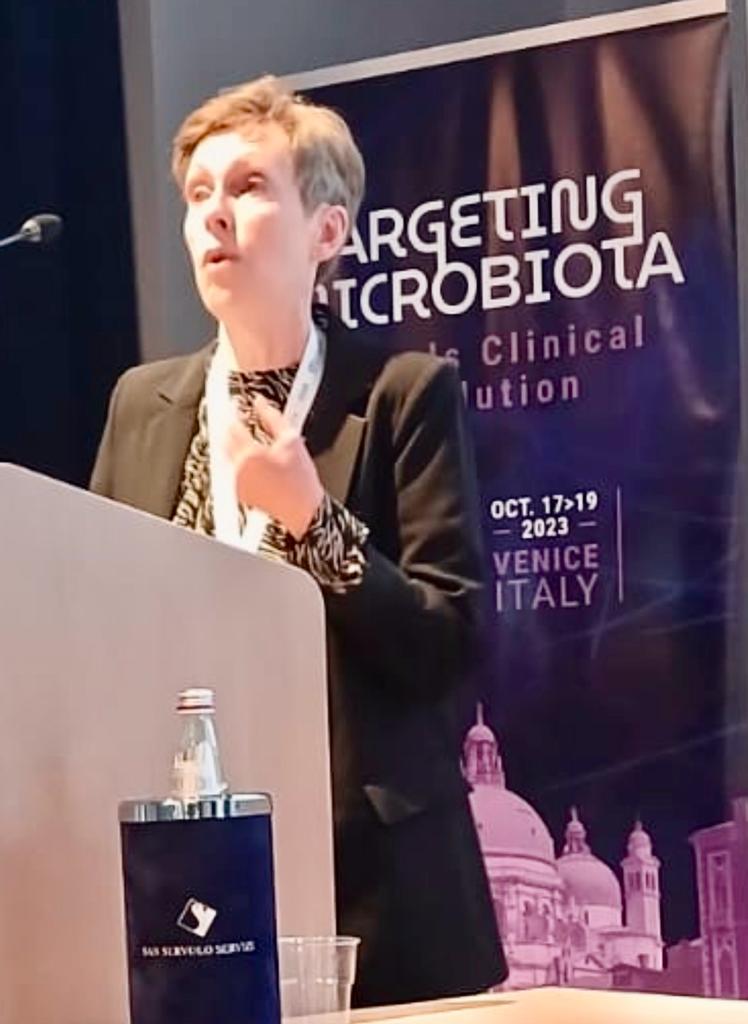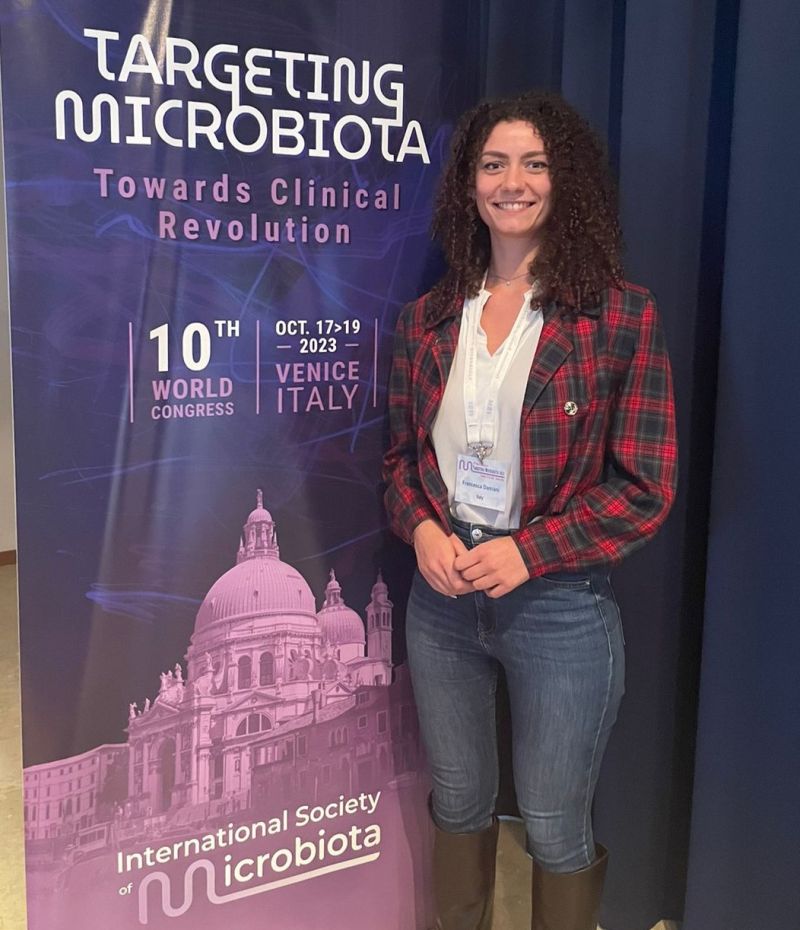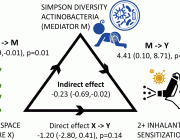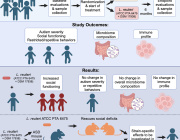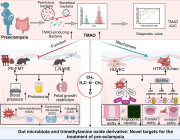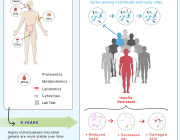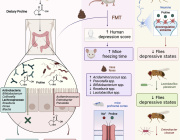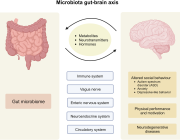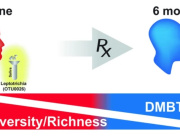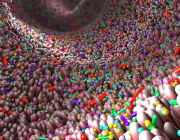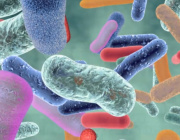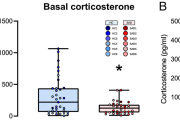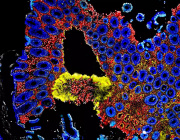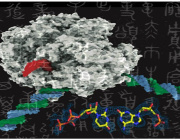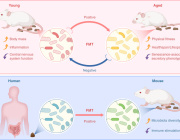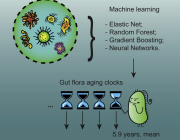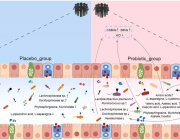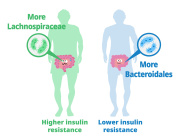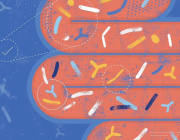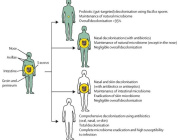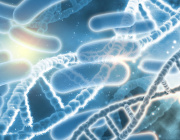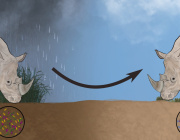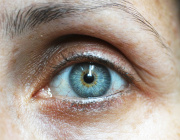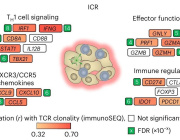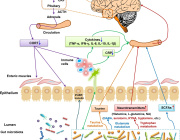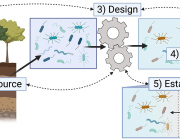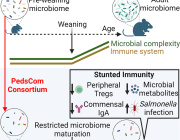Comprehensive skin microbiome analysis reveals the uniqueness of human skin and evidence for phylosymbiosis within the class Mammalia
Skin forms a critical protective barrier between a mammal and its external environment. Baseline data on the mammalian skin microbiome elucidates which microorganisms are found on healthy skin and provides insight into mammalian evolutionary history. To our knowledge, this study represents the largest existing mammalian skin microbiome survey. Our findings demonstrate that human skin is distinct, not only from other Primates, but from all 10 mammalian orders sampled. Identifying significant similarities between branching of mammalian phylogenetic trees and relatedness trees for their corresponding microbial communities raises the possibility that mammals have experienced coevolution between skin microbiota and their corresponding host species.
Skin is the largest organ of the body and represents the primary physical barrier between mammals and their external environment, yet the factors that govern skin microbial community composition among mammals are poorly understood. The objective of this research was to generate a skin microbiota baseline for members of the class Mammalia, testing the effects of host species, geographic location, body region, and biological sex. Skin from the back, torso, and inner thighs of 177 nonhuman mammals was sampled, representing individuals from 38 species and 10 mammalian orders. Animals were sampled from farms, zoos, households, and the wild. The DNA extracts from all skin swabs were amplified by PCR and sequenced, targeting the V3-V4 regions of bacterial and archaeal 16S rRNA genes. Previously published skin microbiome data from 20 human participants, sampled and sequenced using an identical protocol to the nonhuman mammals, were included to make this a comprehensive analysis. Human skin microbial communities were distinct and significantly less diverse than all other sampled mammalian orders. The factor most strongly associated with microbial community data for all samples was whether the host was a human. Within nonhuman samples, host taxonomic order was the most significant factor influencing skin microbiota, followed by the geographic location of the habitat. By comparing the congruence between host phylogeny and microbial community dendrograms, we observed that Artiodactyla (even-toed ungulates) and Perissodactyla (odd-toed ungulates) had significant congruence, providing evidence of phylosymbiosis between skin microbial communities and their hosts.
News source: www.pnas.org



















